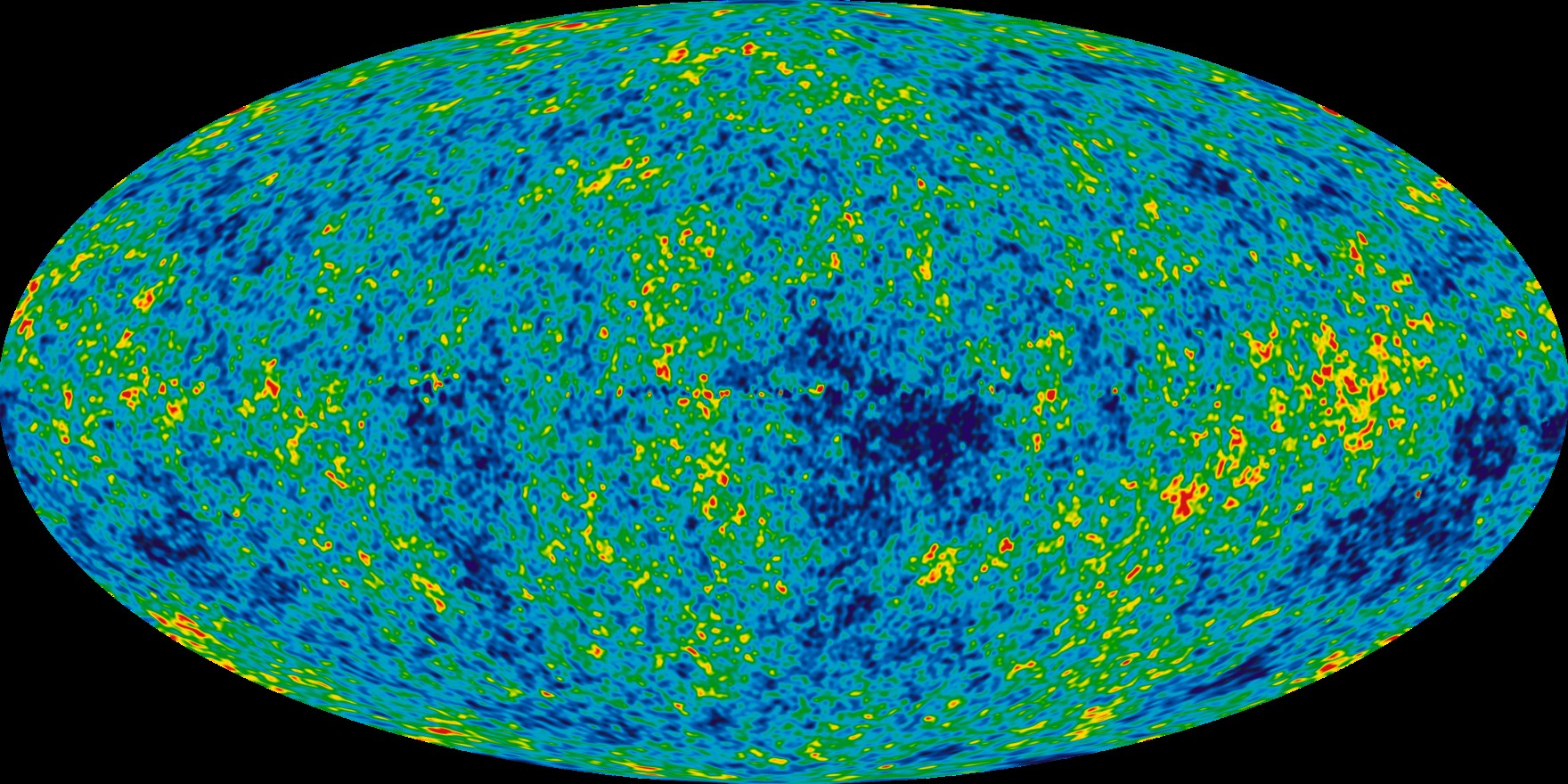The Universe is still very mysterious. The existential question of its origin, in particular, still questions many people today, including many researchers. Was it created? And if this is indeed the case, has this Creator left us a message? To find out, astrophysicist Michael Hippke looked at the fossil radiation of the Universe.
Let's go back a long way. During the first few thousand years after the Big Bang – about 13.8 billion years ago – the Universe was so hot and dense that atoms could not form. The protons and other electrons then evolved in the form of ionized plasma. Then, as the Universe cooled and expanded, these protons and electrons combined to form the first neutral hydrogen atoms (epoch of recombination). Gradually, the space then became clear and the light was finally able to move freely in it.
This "first light", appearedabout 380,000 years ago after the Big Bang, is still detectable today, pervading all known space. This is the cosmic microwave background (CMB).
That said, a few years ago, two theoretical physicists – Stephen Hsu from the University of Oregon and Anthony Zee from the University of California at Santa Barbara – are asked the existential questions that many of us have already asked ourselves one day:could the Universe have been created? And if so, is there any way to find out?
The two physicists then argued – quite theoretically – that if the Universe had had a Creator, he could have left a message potentially visible to all civilizations technologies in the cosmic microwave background, due to its ubiquity.

Note that at that time, the early Universe was not uniform, exhibiting variations in density that manifest themselves today as very slight fluctuations in temperature. Also, the researchers proposed that a binary message could be encoded in these temperature variations.
Note that there are still several problems with this theory. The first that the CMB is indeed constantly cooling. Around 380,000 after the Big Bang, it had an average temperature of around 3,000 Kelvin. Today, 13.4 billion years later, the thermometer reads 2.7 Kelvin. It also seems very unlikely that the CMB will appear in exactly the same form depending on where you end up in the Universe.
Also, we cannot observe the entire CMB due to the foreground emission of the Milky Way. In other words, there is an inherent statistical uncertainty in every cosmological observation we make. That said, astrophysicist Michael Hippke, from the Sonneberg Observatory in Germany, still tackled the problem by taking all these issues into account.
For his work he relied on the Planck satellite and the Wilkinson Microwave Anisotropy Probe (WMAP), both of which observed and recorded temperature fluctuations in the CMB . From these datasets, the researcher then extracted a bitstream, comparing the results of each dataset to find the corresponding bits.

The first 500 bits of the message are shown above. The values in black were identical in the Planck and WMAP datasets and are considered accurate with 90% probability. The values in red however, differ between the two datasets. For this research, the astrophysicist chose the Planck values, which are approximately 60% accurate.
By typing his binary data into the online encyclopedia of integer sequences, he ultimately found no conclusive results. “ I found no meaningful messages in the actual bitstream ” , he wrote. “ We can conclude that there is no obvious message on the CMB sky ” .
Note that Hippke's paper describing his methods and results is available on the arXiv preprint server, but has not yet been peer reviewed.